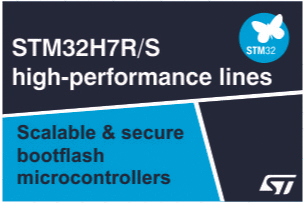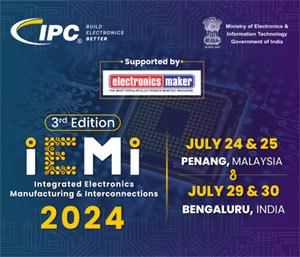New 8-megapixel device is first with improved near-infrared sensitivity for scientific and medical imaging, machine vision, and intelligent transportation systems
PHOENIX, AZ – July 11, 2016 – ON Semiconductor, driving energy efficient innovations, is enhancing imaging performance in demanding industrial applications with technology that improves the near-infrared sensitivity of CCD image sensors.
 The 8 megapixel (MP) KAI-08052 image sensor, the first device in ON Semiconductor’s CCD portfolio to leverage this new technology, provides up to twice the sensitivity in near-infrared (NIR) wavelengths as the company’s standard Interline Transfer CCD pixel design. This enhanced sensitivity can be critical in applications such as scientific and medical imaging, where samples emit or fluoresce in NIR wavelengths; or in machine vision and intelligent transportation systems (ITS), where NIR illumination is often used to better examine an object or to isolate a vehicle’s license plate.
The 8 megapixel (MP) KAI-08052 image sensor, the first device in ON Semiconductor’s CCD portfolio to leverage this new technology, provides up to twice the sensitivity in near-infrared (NIR) wavelengths as the company’s standard Interline Transfer CCD pixel design. This enhanced sensitivity can be critical in applications such as scientific and medical imaging, where samples emit or fluoresce in NIR wavelengths; or in machine vision and intelligent transportation systems (ITS), where NIR illumination is often used to better examine an object or to isolate a vehicle’s license plate.
The new CCD pixel design used in the KAI-08052 extends the electron capture region deeper in the silicon to better capture electrons generated by long wavelength photons. This deeper pixel well improves detection of NIR wavelengths by up to a factor of two depending on the specific wavelength studied. And since the well structure also isolates the photodiodes from each other, this increase in NIR sensitivity comes without any reduction in image sharpness (modulation transfer function, or MTF).
“Camera manufacturers and end customers continue to confirm that products based on both CCD and CMOS technologies will be needed in these markets, making it important that we continue to develop and advance both of these technologies,” said Herb Erhardt, Vice President and GM, Industrial and Security Division, Image Sensor Group at ON Semiconductor. “The KAI-08052 provides a significant improvement in NIR sensitivity compared to our standard pixel design, and we look forward to utilizing this technology in additional products in the future.”
The KAI-08052 is available in a RoHS-compliant CPGA-67 package in Monochrome, Bayer Color, and Sparse Color configurations, and is fully pin compatible with the existing KAI-08051 image sensor as well as a full family of 5.5 µm and 7.4 µm CCD image sensors, enabling camera manufacturers to quickly adopt the new device.






